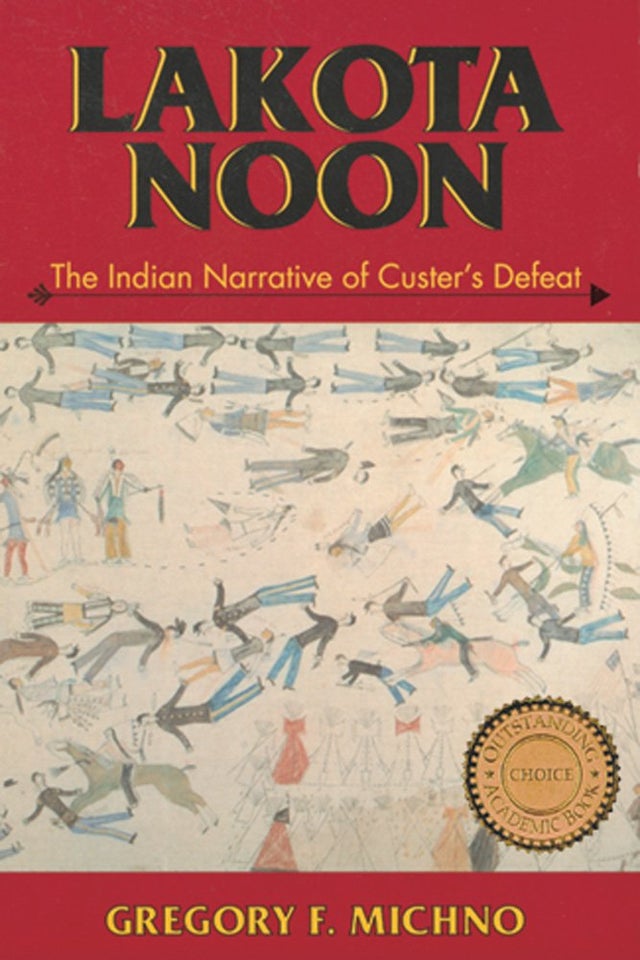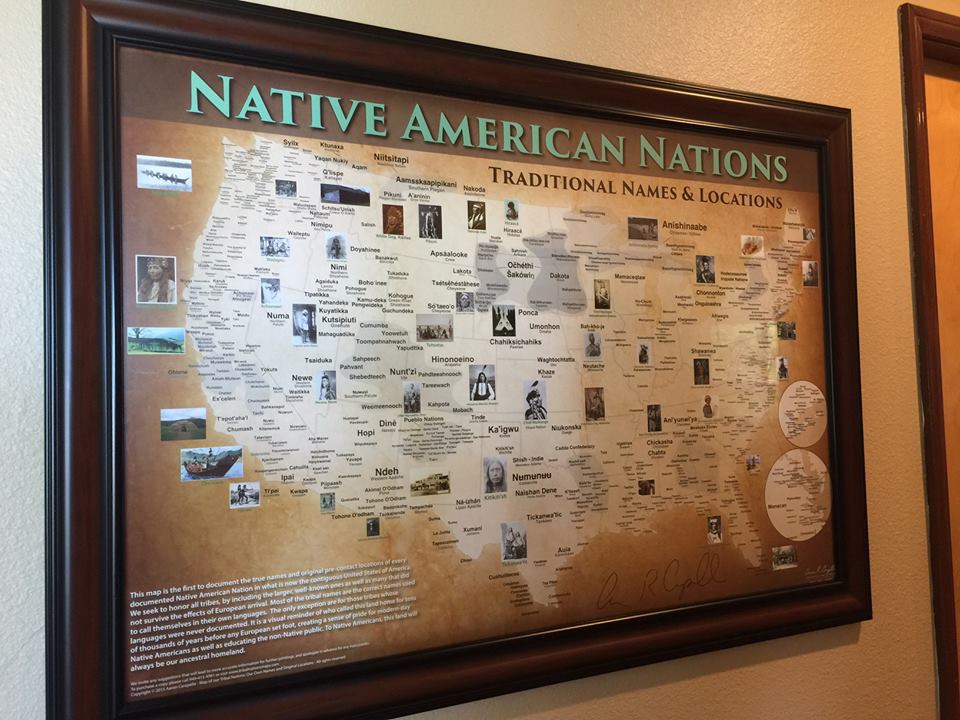- Purchase Here
- >
- Books
- >
- Lakota Noon: The Indian Narrative of Custer's Defeat
Lakota Noon: The Indian Narrative of Custer's Defeat
"With careful attention to his book's subtitle, Michno presents the most important surviving testimony of Cheyenne and Lakota Sioux participants in the 1876 Little Bighorn battle. He follows the virtual minute-by-minute approach successfully used in John S. Gray's Centennial Campaign (CH, May'77) to describe events in meticulous detail. Michno's intimate knowledge of the battlefield, as well as his close reading of white accounts and recent archaeological investigations, helps bring the conflict into sharper focus. He also discusses many of the long-standing controversies about the number of warriors in the encampment, the weaponry arrayed on both sides, the movements of various companies and even individual soldiers, the exploits of specific Indian warriors, and the probable casualties. For this reason, the frequent content footnotes must be read in their entirety because they deal historiographically with the points of dispute and conflicting testimony. A final chapter traces the lives of some of the most prominent Indian participants during the decades after the battle. Although intended for the specialist who is well grounded in the literature, this book can be enjoyed by anyone interested in the story of Plains Indian warfare or 19th-century military history."--M. L. Tate, University of Nebraska at Omaha
Paperback. 1997. Michno, Gregory.

